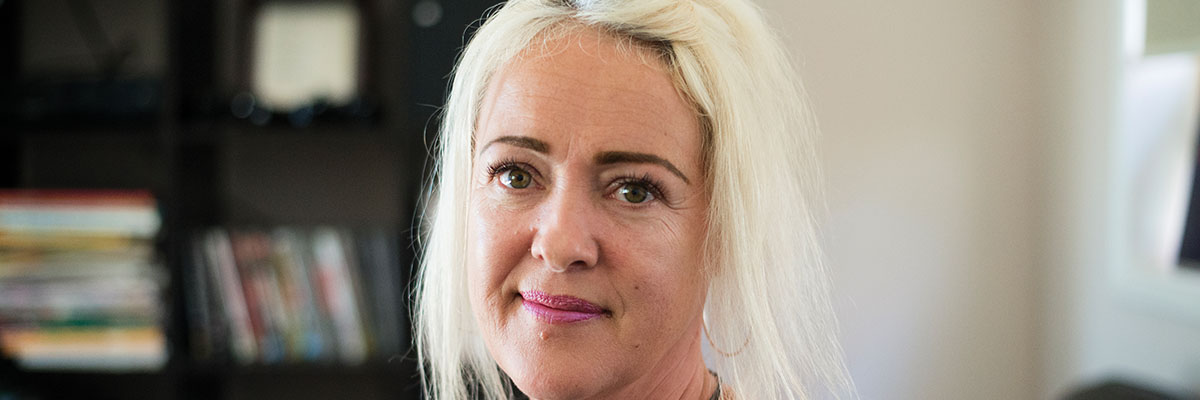Taliah's story, Queensland
Friends and co-workers would never have guessed Taliah lived in her car with her two children. A loving mother with a good, stable job, Taliah’s story reflects that of so many Australian women who are forced to leave their home after experiencing violence at the hand of their partner.
“It was a very volatile, life-or-death situation,” recalls Taliah. “The choice of potentially not being alive or one of my children being severely hurt… I could see my children’s pain and that was the catalyst [to leave].”
After making the brave decision to escape, Taliah faced the challenge of finding somewhere to go. Her eldest son was 16 and most refuges won’t take older boys.
“I was sleeping in the car with the kids,” she says. “I’d take the kids, especially my youngest, into public toilets to wash… [we’d] go to the laundromat first thing in the morning so we’d have clean clothes.”
At last, Taliah found safety at our Jebb Refuge on the outskirts of Brisbane. She spent 14 months there – the time needed to recover and rebuild her life, and her children’s lives, free from violence.
